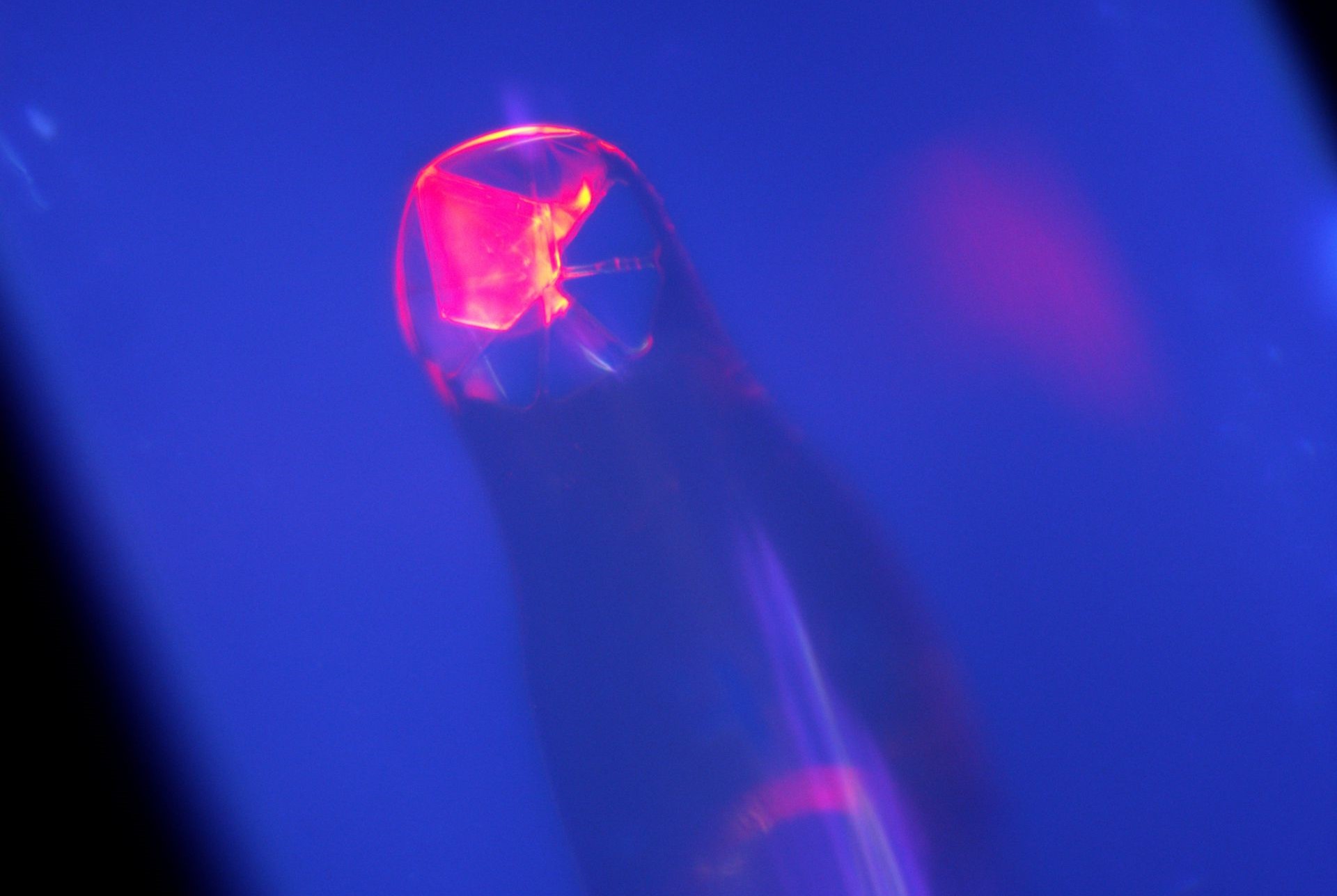
Curium, a lesser-known element on the periodic table, holds some intriguing secrets. Named after Marie and Pierre Curie, this radioactive metal has a fascinating history and unique properties. Did you know Curium is used in space missions? Its radioactive decay provides a reliable power source for spacecraft. This element, with the symbol Cm and atomic number 96, was first produced in 1944 during World War II. Curium's intense radioactivity makes it glow in the dark! Despite its dangers, scientists continue to study it for potential applications in medicine and energy. Ready to learn more about this captivating element? Let's dive into 50 amazing facts about Curium!
Key Takeaways:
- Curium, a synthetic element, has unique properties and practical applications, but its radioactivity requires strict safety measures and environmental considerations.
- Despite its fascinating uses, curium's radioactivity poses health risks and environmental concerns, requiring specialized handling and disposal methods.
What is Curium?
Curium is a fascinating element with a rich history and unique properties. Named after Marie and Pierre Curie, this synthetic element has a lot to offer. Let's dive into some intriguing facts about curium.
- Curium is a synthetic element with the symbol Cm and atomic number 96.
- It was first discovered in 1944 by Albert Ghiorso, Glenn T. Seaborg, and James.
- Curium is named in honor of Marie and Pierre Curie, pioneers in radioactivity research.
- This element is part of the actinide series in the periodic table.
- Curium is produced by bombarding plutonium with alpha particles.
- It is a radioactive metal with a silvery appearance.
- Curium has no stable isotopes; all its isotopes are radioactive.
- The most common isotope, Curium-244, has a half-life of 18.1 years.
- Curium-242, another isotope, has a half-life of 163 days.
- Curium is used in space missions as a power source for thermoelectric generators.
Physical and Chemical Properties
Curium's physical and chemical properties make it unique among elements. Here are some key characteristics.
- Curium is a hard, dense metal.
- It has a melting point of 1,340 degrees Celsius (2,444 degrees Fahrenheit).
- The boiling point of curium is approximately 3,110 degrees Celsius (5,630 degrees Fahrenheit).
- Curium is paramagnetic, meaning it is attracted to magnetic fields.
- It has a high atomic mass, making it one of the heaviest elements.
- Curium can form various compounds, including oxides and halides.
- Curium dioxide (CmO2) is a common compound used in research.
- It reacts with oxygen, hydrogen, and nitrogen at elevated temperatures.
- Curium can also form alloys with other metals.
- It has a face-centered cubic crystal structure.
Applications of Curium
Despite its radioactivity, curium has several practical applications. Let's explore some of them.
- Curium is used in alpha-particle X-ray spectrometers for space exploration.
- It helps in analyzing the composition of lunar and Martian rocks.
- Curium isotopes are used in radioisotope thermoelectric generators (RTGs).
- These RTGs provide power for spacecraft and remote locations.
- Curium-244 is used in neutron moisture gauges for soil analysis.
- It is also used in neutron radiography to inspect materials.
- Curium can be used in cancer treatment through targeted alpha therapy.
- It helps in research on nuclear reactions and properties of heavy elements.
- Curium isotopes are used in scientific experiments to study fission.
- It is a valuable tool in nuclear physics research.
Safety and Handling
Handling curium requires strict safety measures due to its radioactivity. Here are some important points to consider.
- Curium is highly radioactive and can pose serious health risks.
- It emits alpha particles, which are harmful if ingested or inhaled.
- Proper protective equipment is essential when working with curium.
- Curium must be stored in shielded containers to prevent radiation exposure.
- It requires specialized facilities for safe handling and storage.
- Curium can cause radiation burns and damage to tissues.
- Long-term exposure can lead to cancer and other health issues.
- Safety protocols include regular monitoring of radiation levels.
- Emergency procedures must be in place for accidental exposure.
- Training and education are crucial for personnel handling curium.
Environmental Impact
Curium's environmental impact is a topic of concern. Here are some facts about its effects on the environment.
- Curium can contaminate soil and water if not properly contained.
- It has a long half-life, leading to persistent environmental presence.
- Curium can accumulate in living organisms, posing ecological risks.
- It requires special disposal methods to prevent environmental contamination.
- Research is ongoing to mitigate the environmental impact of curium.
- Curium is not found naturally; it is produced in nuclear reactors.
- Accidental release of curium can lead to widespread contamination.
- Environmental monitoring is essential near facilities handling curium.
- Curium's radioactivity can affect plant and animal life.
- Efforts are being made to develop safer handling and disposal techniques.
The Final Word on Curium
Curium, a fascinating element, holds a unique place in the periodic table. Discovered in the 1940s, it’s named after Marie and Pierre Curie, pioneers in radioactivity research. This element, with its symbol Cm and atomic number 96, is a heavy, radioactive metal. It’s primarily used in scientific research and space exploration due to its ability to generate heat.
Handling curium requires extreme caution because of its intense radioactivity. Despite its dangers, it has contributed significantly to our understanding of nuclear science. Its isotopes, especially curium-244, are valuable in various applications, including power sources for space missions.
Curium’s story is a testament to human curiosity and scientific advancement. From its discovery to its practical uses, it continues to intrigue scientists and researchers. Understanding curium not only enriches our knowledge of chemistry but also highlights the importance of safety in handling radioactive materials.
Frequently Asked Questions
Was this page helpful?
Our commitment to delivering trustworthy and engaging content is at the heart of what we do. Each fact on our site is contributed by real users like you, bringing a wealth of diverse insights and information. To ensure the highest standards of accuracy and reliability, our dedicated editors meticulously review each submission. This process guarantees that the facts we share are not only fascinating but also credible. Trust in our commitment to quality and authenticity as you explore and learn with us.


